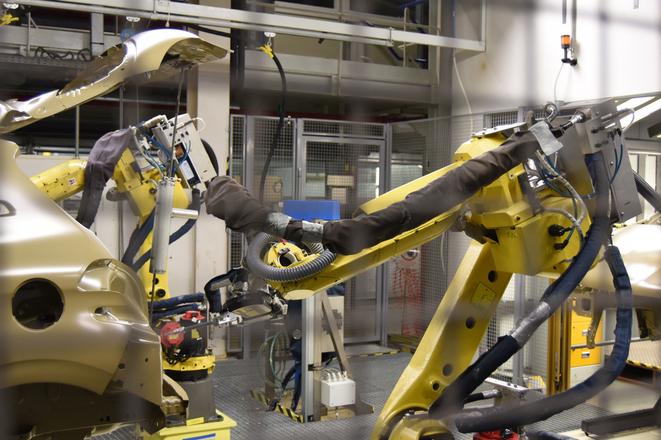The government provided investment aid to 15 companies last year. Overall, it approved assistance to them amounting to almost €84 million, which led to opening more than 3,000 new jobs, the Institute of Economic and Social Studies (INESS) think-tank reported.
Compared with the previous year, the state supported about twice as many companies, while the volume of stimuli grew 40 percent year-on-year, the SITA newswire wrote.
“Most of the investment aid was directed to support industrial manufacturing,” INESS wrote in its report, as quoted by SITA. “Ninety-eight percent of jobs were created in this area (2,982). The total state aid calculated per job represented €45,088 on average.”
The analysis showed that the most expensive jobs (in proportion to the amount of provided state aid) were opened not in the east of Slovakia, but western Slovakia. INESS still considers providing investment incentives harmful to the quality of the business environment.
In western Slovakia, the state supported one job with some €31,000 despite the fact that this part of the country reports the lowest jobless rate in the long run and firms are reporting a shortage of skilled labourers. In the central and eastern part of the country where unemployment is significantly higher, much lower amounts were spent per job.
Economy Ministry denies claims, prepares amendment
The Economy Ministry considers the information of INESS misleading, the Sme daily wrote on February 7. In western Slovakia, only two investment plans have acquired state support: a technological centre at the Trenčín-based company Yanfeng and the PSA Groupe. However, the latter only received support in the form of a tax allowance.
The higher cost per new job in the west could be explained not only by higher salaries but by higher costs of firms when seeking a suitable candidate for the job, INESS analyst Jakub Zeman told Sme.
The Economy Ministry plans to amend the law on investment stimuli, re-directing the flow to research and development with higher added value, Sme wrote. MPs passed the draft amendment on February 6 and it should become effective as of April 1, 2018.



 (source: TASR)
(source: TASR)